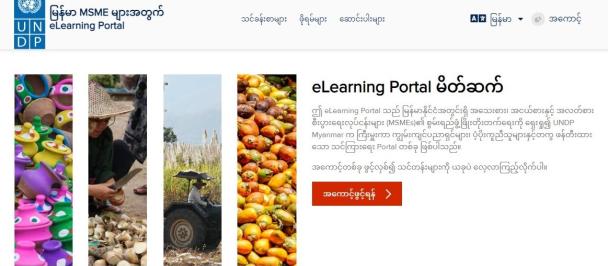From farm to fork: reaping the benefits from groundnut farming
March 15, 2024
“I have gained a lot of knowledge from the technical training sessions I have attended, and I now plan to focus on food security for me and my family,” – Martha Jere
“I am overjoyed by how my life has transformed today.” These were the sentiments of Charles Size, a smallholder groundnut farmer who is among the 2,800 direct beneficiaries of a two-year project titled “Rebuilding the Malawi Groundnut Business – a Structured, Smallholder-led, from Farm to Fork, Solution” launched by the National Smallholder Farmers' Association of Malawi (NASFAM) under the Malawi Innovation Challenge Fund (MICF), supported by UNDP, the International Fund for Agricultural Development, the Royal Norwegian Embassy, the Federal Republic of Germany through KfW and the UK Foreign Commonwealth and Development Office.
Charles Size is now able to pay school fees for his child to complete secondary school education with the profits from his sales.
Groundnuts represent one of the most important crops in Malawi and the country’s central region is particularly suited to groundnut production, with 70 per cent grown in Mchinji, Lilongwe, Kasungu and Ntchisi. Historically, the crop has been produced by smallholder farmers and has been widely promoted due to its positive role in improving soil fertility, household food and income security, and supplementary livestock feed.
Based in Kawerawera Anchor Farm, Mchinji District, Charles was facing economic challenges that limited opportunities for him and his family prior to joining NASFAM. “One of the things I have managed to achieve so far is that I can now pay school fees for my children,” he stated.
NASFAM facilitates the production of quality groundnuts through its networks.
Just like Charles, Martha Jere is a fellow farmer who is equally pleased with the improvements she has experienced in her life since joining the association stating, “Before joining NASFAM, I did not take farming as a business and one of my biggest challenges was that the only land, I could cultivate on was a small piece of land near my home.”
“I have gained a lot of knowledge from the technical training sessions that I have attended, and I now plan to focus on food security for me and my family,” Martha added. Last season, she made approximately MWK450,000 in total from the in-grower model. An estimated 44% of this amount enabled her to pay for one of her four children to travel to South Africa for greener pastures as well as pay school fees for her other children with the remaining amount.
NASFAM showcased how the Anchor Farm Model is working, good agricultural practices in groundnut and soybean production as well as the use of alternatives to chemical fertilizers.
Secretary of NASFAM Board, Hadson Gadi expressed his satisfaction with how the farmers at Anchor Farm has greatly benefited from the initiative stating that: “One of our greatest achievements so far has been seeing how the farmers can work in groups which makes it possible for us to monitor achievements at an individual level.” He said this during a field day organized by NASFAM whereby the theme was: ‘Market-led production, the key to smallholder farmers’ economic growth’.
Hadson also indicated that the project plans to support the smallholder farmers to transition to medium-scale and, eventually, commercial farming.
UNDP in Malawi continues to work with different partners to promote inclusive models that consider small and medium-sized enterprises to help create jobs that improve people’s lives, with a focus on women and youth to help Malawi achieve Malawi Vision 2063 (MW2063).

 Locations
Locations



